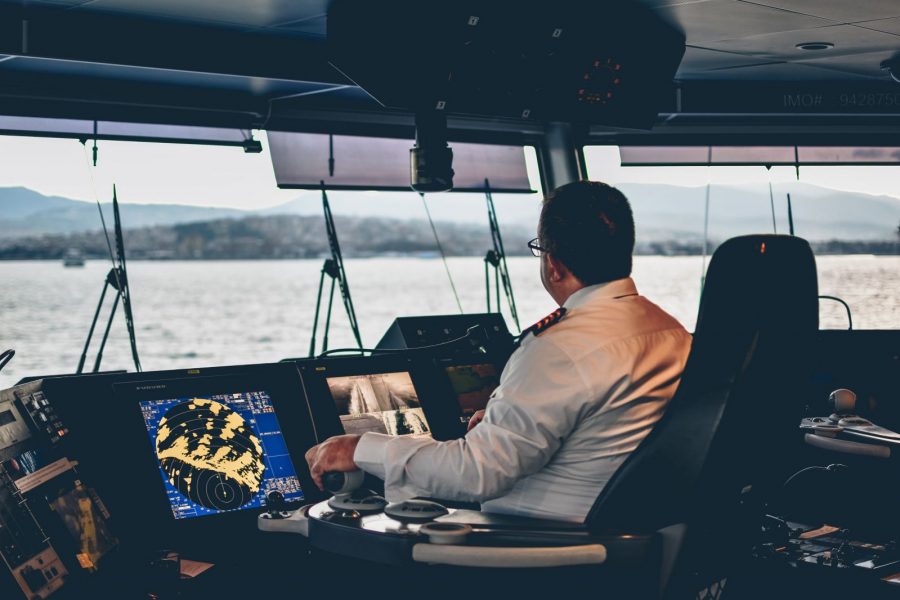6 Ways Technology is Improving Boat Operations
Technology is improving boat operations in many ways. One of the most important areas where technology has significantly impacted boat operations is safety and navigation. The ability to communicate with other vessels and transmit location information using satellite-based systems, such as GPS, has been one of the biggest boons for marine safety since it was first implemented over twenty years ago. This article explores six more ways that technology improves our boat operations.
1. Alerts To Hazards
Technology can help to identify potential hazards, such as shallow water or other vessels that may be in our path. By providing alerts about these dangers ahead of time, it is possible to avoid a collision before it occurs and prevents a potentially hazardous situation from occurring at all. If an accident does occur despite being forewarned by technology, there will likely have been much more damage caused through human error than when using technology appropriately.
– Avoiding collisions with other boats
– Identifying shifting underwater terrain
– Notifying authorities if something goes wrong
– Technology warns us of obstacles that might otherwise cause accidents – If a human error does cause an accident, technology can help to minimize the damage that it causes
– Technology makes boat operations much more efficient by preventing accidents and providing important information about hazards along the way
2. Tracking Vessels
Tracking the location of all vessels has become much simpler and more accurate with the use of technology. The ability to monitor whether a boat is on schedule or running late can be helpful for many reasons, such as knowing where they are if an emergency arises and we need them quickly. With this information at our fingertips, we’ll know how fast they’re moving so that we won’t send another vessel out to meet them only to find that by the time they arrive, there will have been no reason whatsoever! Technology also makes identifying boats easier than ever before because now their name, colour scheme and even photos can appear on digital screens instead of relying on old-fashioned paper charts so that everyone involved knows precisely who they are dealing with.
– Knowing where vessels are at any given time
– Identifying which boats we’re interacting with so that everyone is on the same page
– Providing accurate locations for search and rescue purposes if something goes wrong
– Technology makes communication between all parties involved much easier
– Having information about a boat’s location can help us know when it will arrive or how fast it needs to travel to get there in time, etc.
– Faster communication helps all boats perform their tasks more efficiently by preventing unnecessary trips out into open water to meet up with another vessel!
3. Providing Weather Updates
Weather updates are essential because they can change our course of action if necessary. We might opt to stay in port where the weather is calmer, or we might be able to get engines started more quickly by using technology that allows us access to accurate reports about what’s coming up along our route so that we know how best to prepare ourselves before setting out on a journey. Technology makes it possible for anyone who has an internet connection, even those without traditional radio equipment installed on their boat, to gain access to information about approaching storms and other hazardous weather conditions so that everyone stays safe at all times!
– Having access to real-time forecasts
– Knowing which routes will take us through the worst of any given storm
– Being prepared for hazardous weather conditions before departing on our journey
– Technology makes it possible to access information about approaching storms or other bad weather without needing traditional radio equipment
– Accessing accurate forecasts helps boats prepare themselves in advance so that they can know how best to navigate around any given storm!
4. Notifying Authorities if Something Goes Wrong
Technology can be beneficial in situations where we need help from the outside. There’s something to be said for knowing that rescue services and other boats nearby will know precisely where we are and how best to reach us should our boat break down or run into any number of other potential problems along the way! Technology allows vessels to send out distress signals that will be received by any other nearby boats and authorities so that we have a better chance of being rescued quickly in the event of an emergency.
– Alerting rescue services if something goes wrong
– Providing accurate information about our location so rescuers know where to find us.
5. Keeping Track of Cargo
Keeping track of the cargo that we’re carrying is essential because it safeguards our investment and prevents us from losing anything along the way. When this information is stored online, all parties involved have access to a whole lot more than they would if they just had photographs or paper records on hand! Keeping accurate logs about what cargo we’ve loaded and unloaded at each port along our route is helpful to determine things like where there might be a problem or if the cargo shifted somewhere en-route.
6. Recording Events
Technology makes it possible to keep track of everything that happens along our route! Captains can use digital logs to document any number of different things, from mechanical problems or unexpected environmental conditions to traffic violations. Nothing gets missed when the captain has access to many tools for recording events and other valuable information about the boat and the voyage.
– Captains can document mechanical problems, environmental conditions, traffic violations
– Recording events helps captains monitor safety along their route!
– Captains have access to many tools for recording information about the boat/voyage while they’re at sea!
Eva Tucker, writer for Volvo Penta.


